Excerpt
A coronary angiogram is a familiar term in heart health, often associated with urgency and importance. Yet, it’s not the definitive tool for assessing cardiac conditions. While effective in revealing obstructions in the heart’s large surface (epicardial) vessels, angiograms don’t show the micro vessels in the heart muscle, which are vital for overall health of the myocardium.
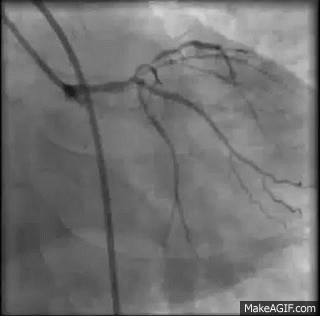
Surprisingly, about half of coronary artery issues arise from these micro vessels, undetectable by conventional. invasive angiograms. Surgical interventions like angioplasty and bypass surgery can’t address these micro vessels, often leading to undetected and relentlessly progressing Chronic Coronary Syndrome (CCS), which mimics problems in larger vessels but remains hidden in the microscopic realm.
The Prologue Pizzazz (Because We’re Starting Strong, Just Like a Good Story!)
When it comes to understanding heart health, many of us have heard of a Coronary Angiogram (CAG).
It’s a term thrown around in doctor’s offices and TV medical dramas, often shrouded in a sense of urgency and importance.
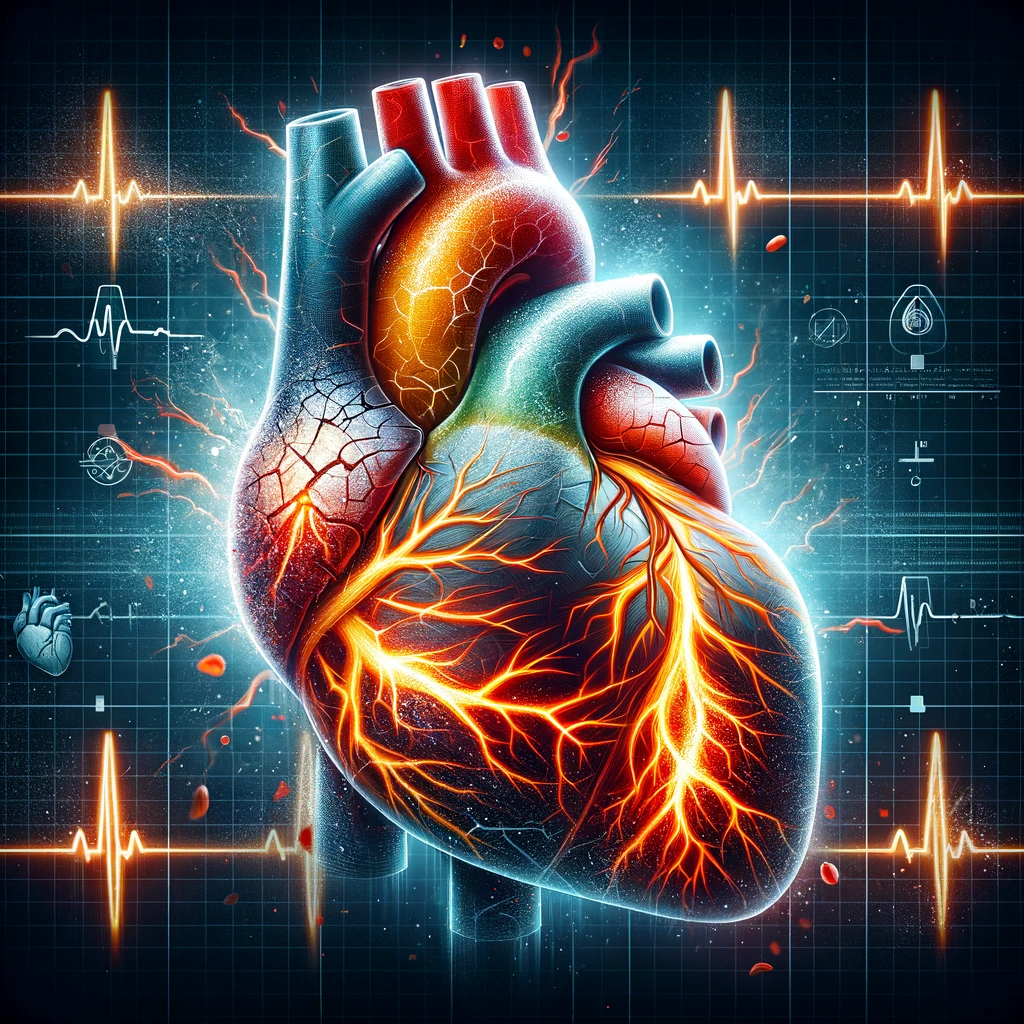
But is it the ultimate tool for assessing heart health? Not quite. In this article, we’ll explore why coronary angiograms, while crucial, are not the final word in diagnosing and treating heart conditions.
Understanding the Coronary Angiogram
First things first: what is a coronary angiogram? Simply put, it’s a diagnostic procedure that allows doctors to see the blood flow through the epicardial vessels – the major highways of blood around your heart. Think of it as a roadmap, showing where traffic (blood flow) is smooth and where there are blockages.

The Tip of the Iceberg: Obstructions in Epicardial Vessels
A significant advantage of the angiogram is its ability to reveal obstructions in these epicardial vessels, which run on the surface of the heart. Such blockages can often be surgically addressed – a relief, right? Well, yes and no. While fixing these blockages can be life-saving, it’s not the whole story of your heart’s health.
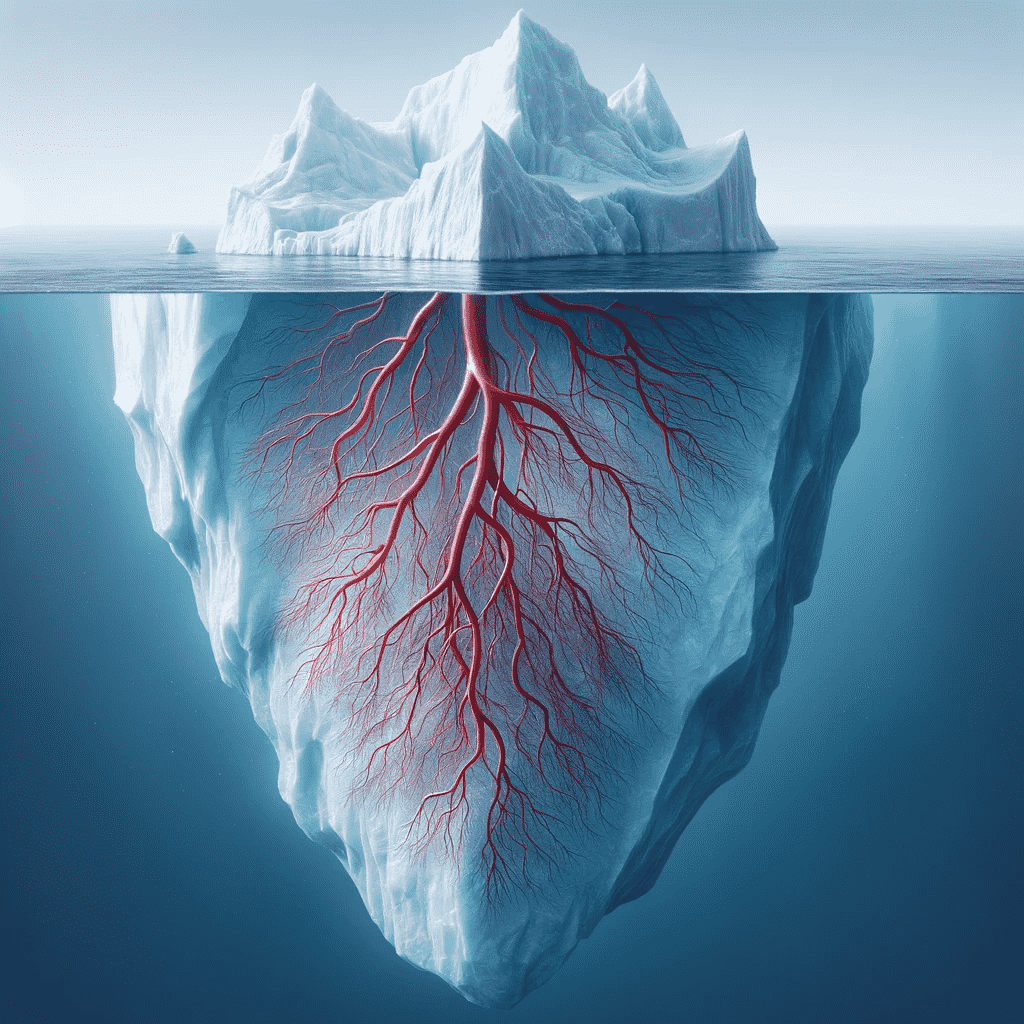
The Unseen Players: Microvessels and the Myocardium
Here’s where things get more complex. Our heart muscle, the myocardium, needs a network of tiny blood vessels, known as microvessels, to arborize (branch out) into it from the parent surface vessels.

These microvessels ensure that the entire heart muscle gets enough blood. Unfortunately, a coronary angiogram doesn’t show these tiny vessels, which are microscopic. So, even if your epicardial vessels look clear, you could still have issues at the micro level (Read more).
The Microvascular Culprit
It might surprise you to learn that about half of the cases of coronary artery issues are due to problems in these micro vessels. This is where coronary angiograms fall short. They can’t detect microvascular problems, which means they can’t always tell the whole story of your heart health.
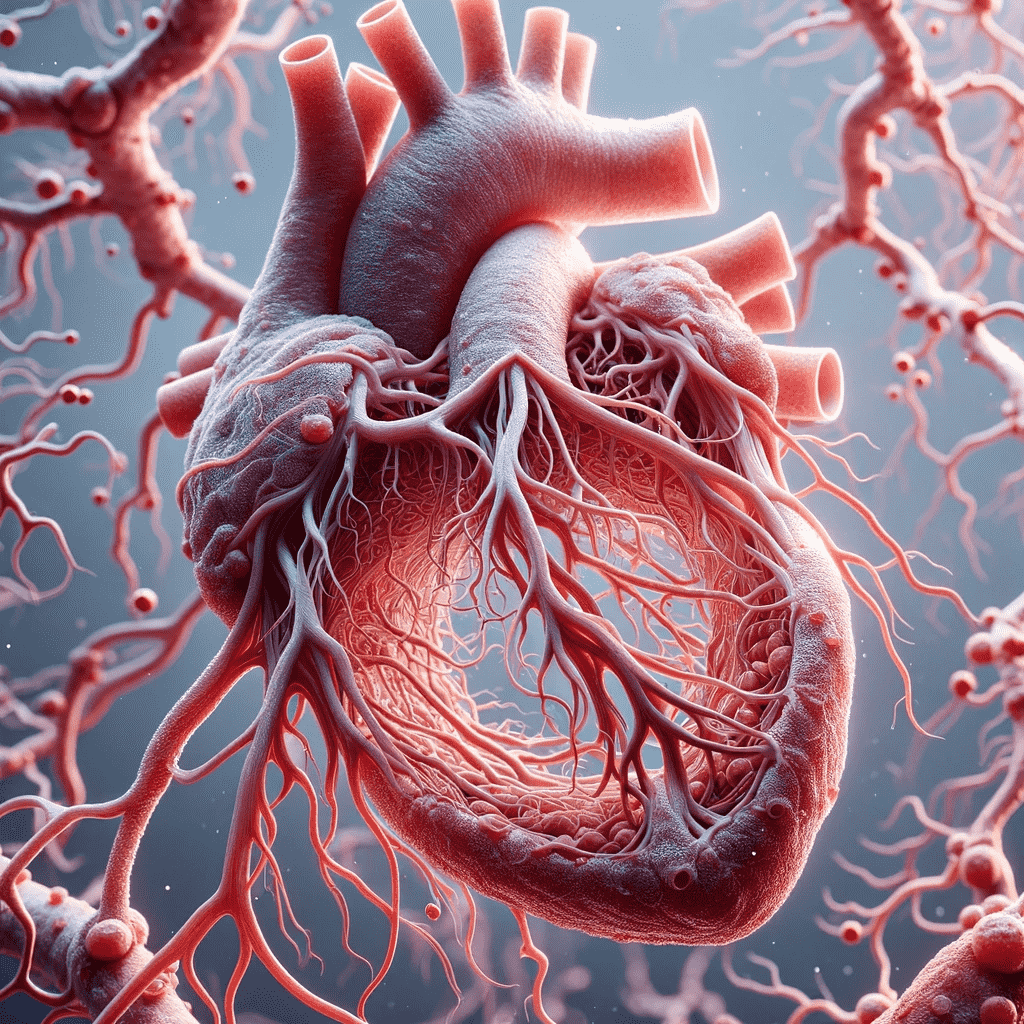
Surgical Interventions: A Partial Solution
While surgical interventions, such as balloon angioplasty, stenting or bypass surgery, can fix blockages in the larger surface vessels, they can’t address issues in the microvessels. This is a critical point to understand: surgery can help, but it’s not a cure-all.
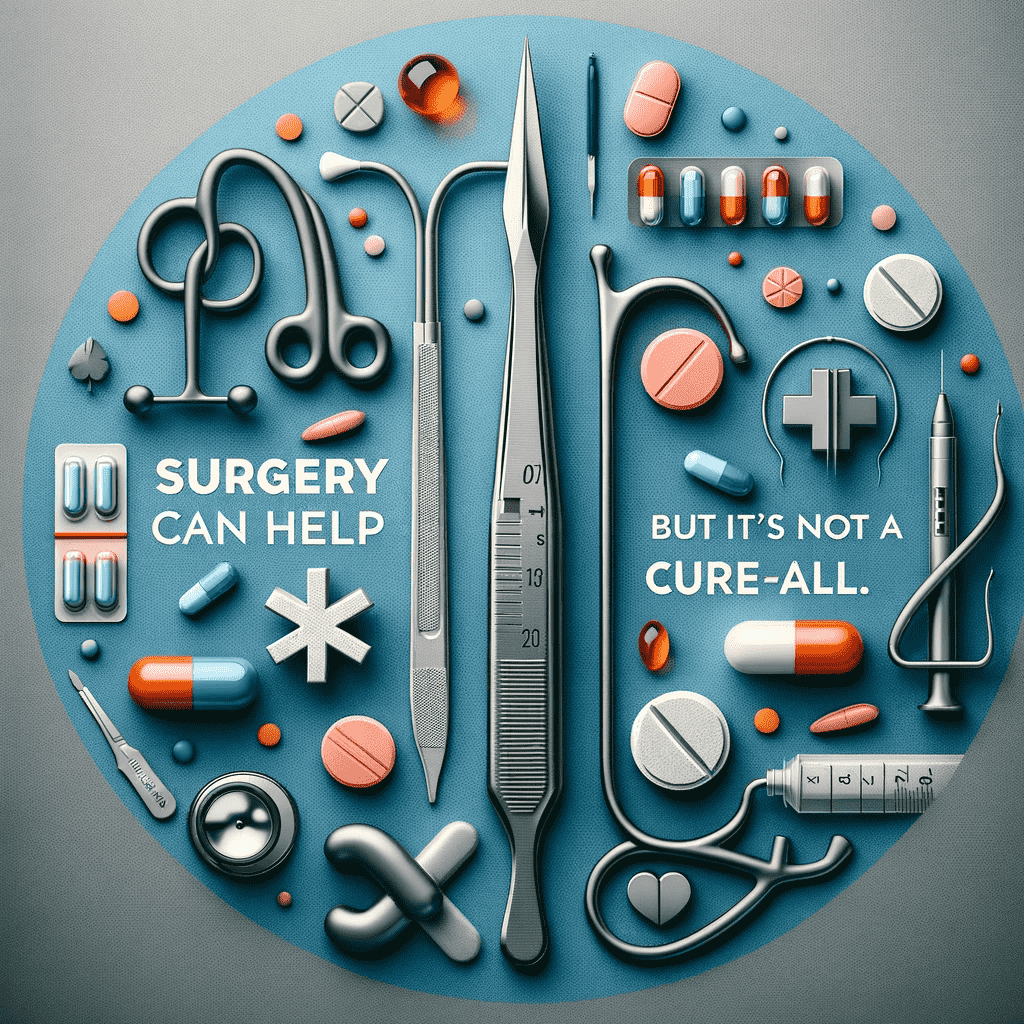
The Sneaky Impostor: Chronic Coronary Syndrome (CCS)
Microvascular Coronary Artery Disease (Microvascular CAD) often leads to a condition called Chronic Coronary Syndrome (CCS).
Here’s the tricky part: CCS can look a lot like problems in the epicardial vessels. It mimics the symptoms and even some of the diagnostic markers. You may develop uneasiness in chest, shortness of breath, dizziness, or palpitations.
The root cause is the same – Coronary Artery Disease (CAD), but this time the vessels play hide and seek. They are infact, microscopic. They are not approachable to surgery like bypass or interventional procedures like balloon angioplasty.
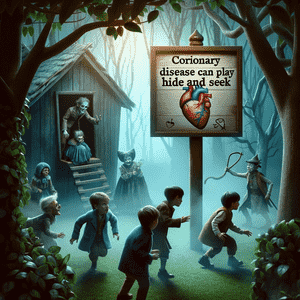
The Treatment Dilemma
Unlike issues in the larger vessels, microvascular CAD can’t be fixed with stents or bypasses. So, what can be done? The answer lies in Guideline Directed Medical Therapy (GDMT). This approach involves a combination of lifestyle changes and medications, tailored to manage the condition effectively.
The Game changer: ISCHEMIA Trial
Recently an International trial called The Ischemia trial was conducted in a large number of patient. The study concluded that in a vast majority of patients, Guideline Directed Medical Therapy (GDMT) was found be non-inferior to the standard Interventional procedures like balloon angioplasty or bypass surgery (Read more…).

“Clear” Angiogram: A Red Herring?
One of the biggest misunderstandings in heart health is the notion that a clear coronary angiogram means no CAD. This is far from the truth.
A clear angiogram only means that the larger vessels are clear. The microvascular system could still be compromised, and it’s crucial to keep this in mind.
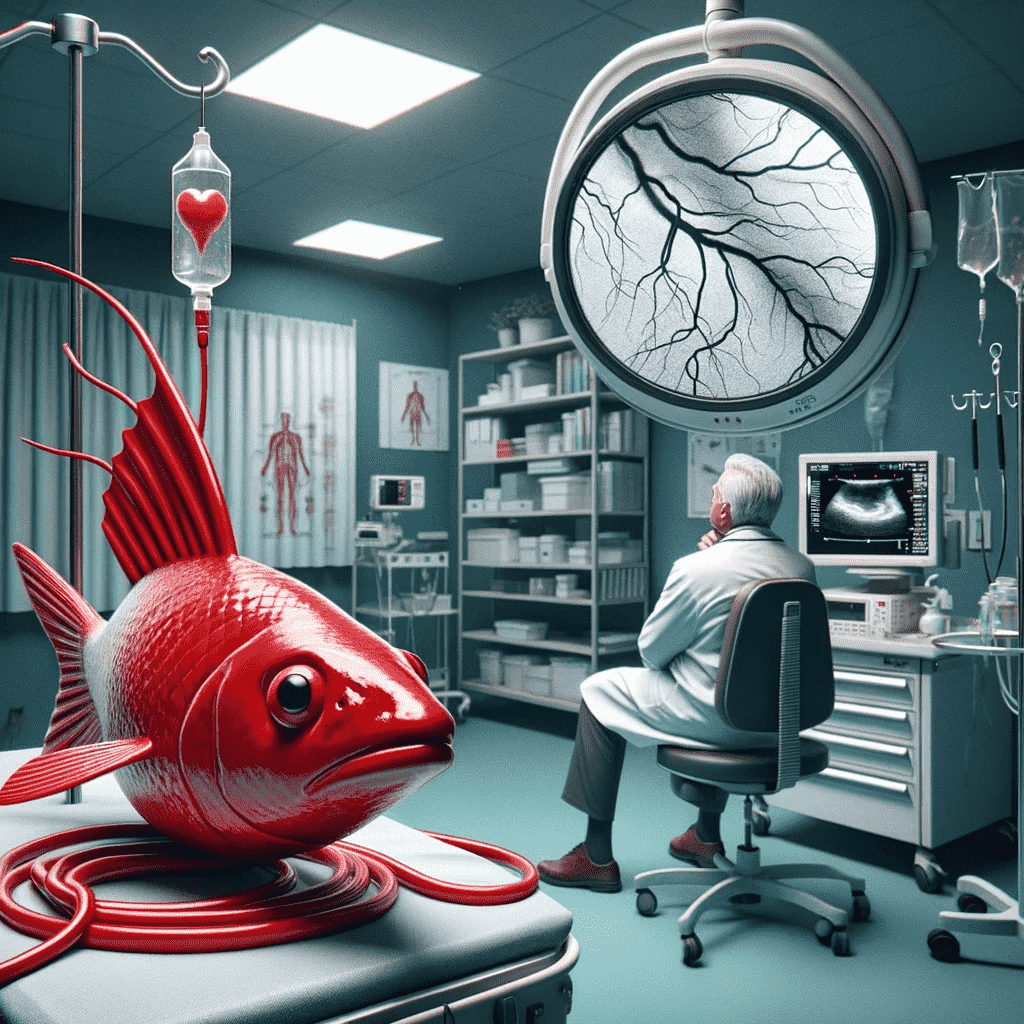
Beyond Angiograms: EECP and Other Techniques
Thankfully, advancements in medical science have introduced techniques like Enhanced External Counter Pulsation (EECP). This non-invasive procedure has shown promise in addressing microvascular CAD.
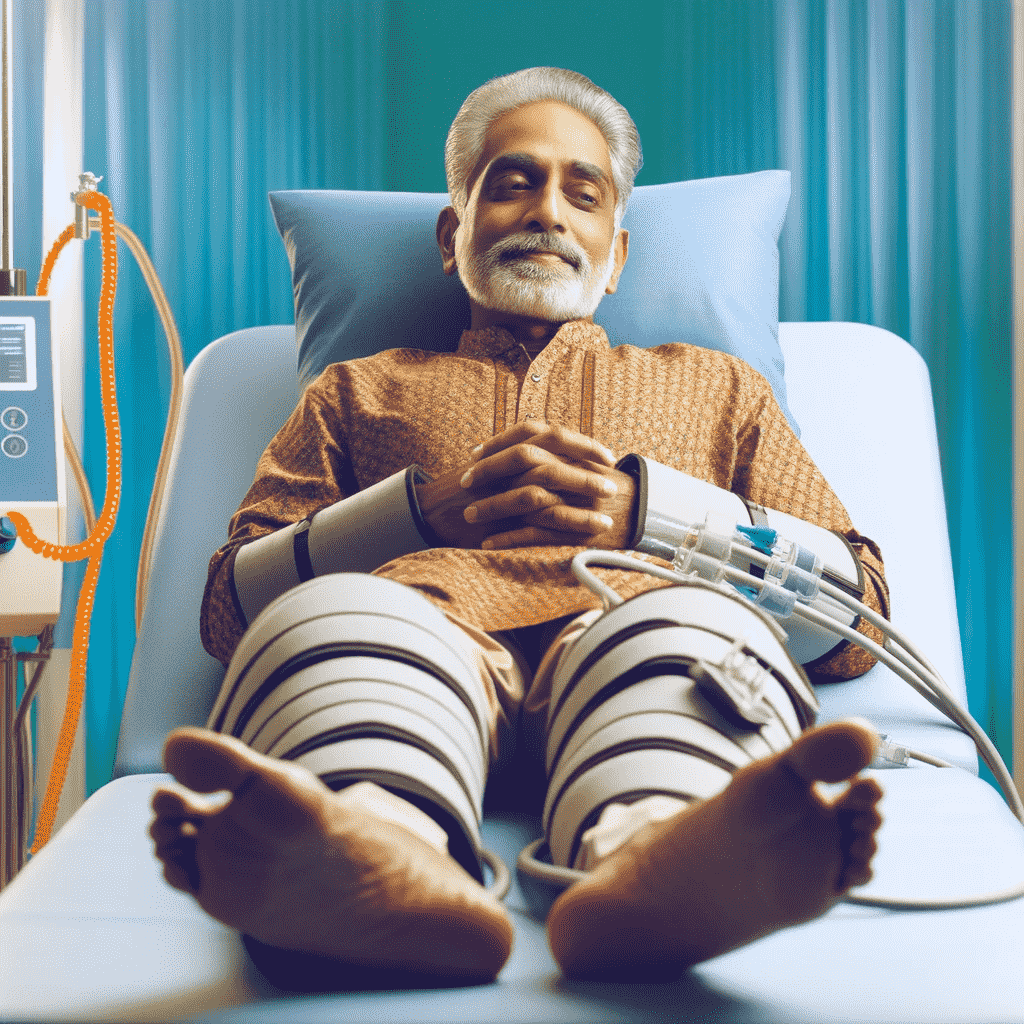
Approved by the USFDA, EECP helps improve blood flow in these smaller vessels, promotes new and fresh blood vessels formation by a phenomenon called Vaso Genesis. This helps to perfuse the heart muscle in abundance, thereby giving relief to the starved heart muscle. Relief from Ischemia makes the heart muscle perform better, relieves Heart Failure. EECP offers a new ray of hope for those with Chronic Coronary Syndrome even with microvascular issues.

The Wrap-up Whimsy (Where We Tie the Knots of Wisdom with a Bow of Wit!)
A coronary angiogram is an invaluable tool in diagnosing heart conditions.
However, it’s not the end-all in heart health.
It’s crucial to understand its limitations, especially regarding microvascular issues. Remember, a clear angiogram doesn’t mean you’re in the clear.
Keep an eye on your heart health in a broader sense, and always discuss with your doctor the best course of action for your specific situation.

Your heart, after all, is more than just its major vessels; it’s a complex system deserving comprehensive care.